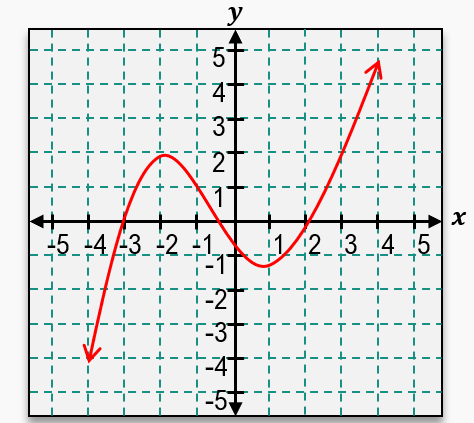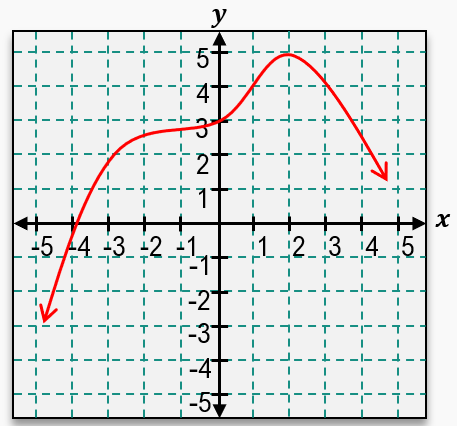Understanding the properties of functions is crucial for analyzing their behavior and interpreting their graphs. One of the fundamental concepts is the maximum value of a function, which refers to the highest point on the graph. This point indicates the x-value at which the function achieves its greatest output, or y-value. Conversely, the minimum value represents the lowest point on the graph, where the function yields its smallest output for a given x-value.
Functions can also be classified based on their trends. An increasing function is characterized by a graph that rises as you move from left to right, indicating that the output values are getting larger. In contrast, a decreasing function shows a downward trend, where the output values diminish as you progress along the x-axis. If a function remains constant, producing the same output regardless of the input, it is termed a constant function.
Another important aspect of functions is their symmetry. A function is said to exhibit y-axis symmetry if it is symmetric about the y-axis, meaning that for every point (x, y) on the graph, the point (-x, y) is also present. This characteristic defines an even function, where f(-x) = f(x). For example, if f(-3) = 2, then f(3) must also equal 2.
On the other hand, a function is symmetric about the origin if it satisfies the condition f(-x) = -f(x), indicating that the graph is symmetric when folded first along the y-axis and then along the x-axis. This defines an odd function. For instance, if f(-3) = -4, then f(3) would equal 4, demonstrating that the outputs are opposites in sign but equal in magnitude.
Lastly, x-axis symmetry can occur, but it does not represent a function. If a graph can be folded over the x-axis and results in multiple outputs for a single input, it fails the vertical line test, which states that a graph must not intersect a vertical line at more than one point to qualify as a function.
In summary, recognizing the maximum and minimum values, understanding the trends of increasing, decreasing, and constant functions, and identifying symmetries are essential skills in function analysis. These properties not only help in graph interpretation but also in solving various mathematical problems related to functions.






